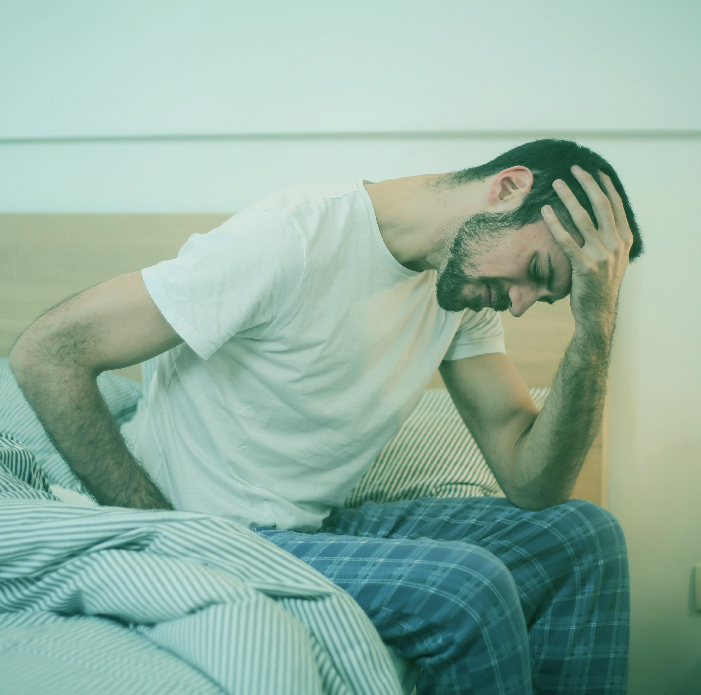What is spinal stenosis and why does it cause pain?
Spinal canal stenosis occurs when the space inside the spine narrows and compresses the spinal cord or nerve roots. It is most common in the lower back (lumbar stenosis), though it can also affect the neck (cervical stenosis).
In most cases, it’s a degenerative condition associated with aging and tissue wear. It can also result from congenital factors, trauma, disc herniations, or facet joint arthritis.

Common causes of spinal stenosis
The most frequent causes include:
Degeneration of intervertebral discs or facet joints
Herniated discs intruding into the spinal canal
Ligament thickening (such as the ligamentum flavum)
Spondylolisthesis (vertebral slippage)
Congenital spinal canal abnormalities
Lower back or neck pain radiating to legs or arms
Tingling or numbness
Muscle weakness
Neurogenic claudication: need to stop walking after a few minutes due to pain or heaviness
Pain relief when bending forward or sitting
Most common symptoms of stenosis
Symptoms vary depending on location and degree of compression. Common signs include:
Most common types of spinal stenosis
Stenosis can be classified by location:
Lumbar stenosis
affects the lower back. Most common. Causes pain in glutes, thighs, or calves when walking.
Cervical stenosis
affects the neck. Can cause neck pain, dizziness, trouble using hands, or balance issues.
Central or lateral stenosis
epending on whether it affects the central spinal canal or the nerve root foramina.
What is the best treatment for spinal stenosis?
In most cases, conservative treatment is recommended:
Postural re-education and therapeutic exercises
Active and manual physiotherapy
Anti-inflammatory treatments (medication, heat, dry needling)
Injections in cases of persistent pain
Recommended and contraindicated exercises for stenosis
Exercise is essential, but must be guided. Recommended options:
- Gentle mobility of the lumbar spine and hips
- Stretches for the psoas, hamstrings and glutes
- Progressive core strengthening
- Stationary cycling or swimming
Avoid lumbar hyperextension or high-impact activities.

How long does stenosis last? Can it get worse over time?
Stenosis is a chronic condition, but symptoms can be managed effectively with proper care.
It may not disappear, but many patients improve significantly with early intervention. Without treatment, it tends to worsen progressively.
Consequences of not treating stenosis properly
If left untreated, stenosis can lead to:
- Chronic pain and functional disability
- Loss of strength and reflexes
- Bladder or bowel control problems
- Inability to walk even short distances
- Long-term work disability

Frequently asked questions about stenosis
Is stenosis the same as a herniated disc?
No. They can coexist, but herniation is a disc injury, while stenosis is a narrowing of the canal.
Can spinal stenosis be cured?
It cannot be completely reversed, but symptoms can be managed with proper treatment.
Does it always require surgery?
No. Most patients improve without surgery.

How to start treatment with Back is Back
At Back is Back, we specialize in chronic back conditions like spinal stenosis. Our team combines functional assessment technology, active therapies, advanced physiotherapy and medical follow-up to achieve long-lasting results.
Request your free initial consultation and discover how we can help you regain mobility, reduce pain, and return to your everyday life —without surgery or invasive procedures.